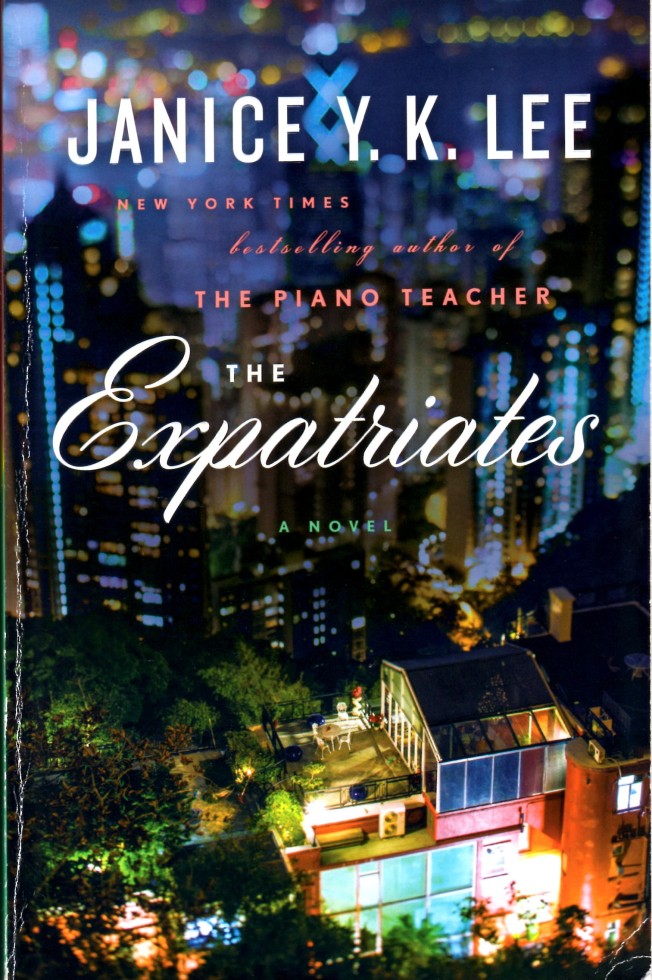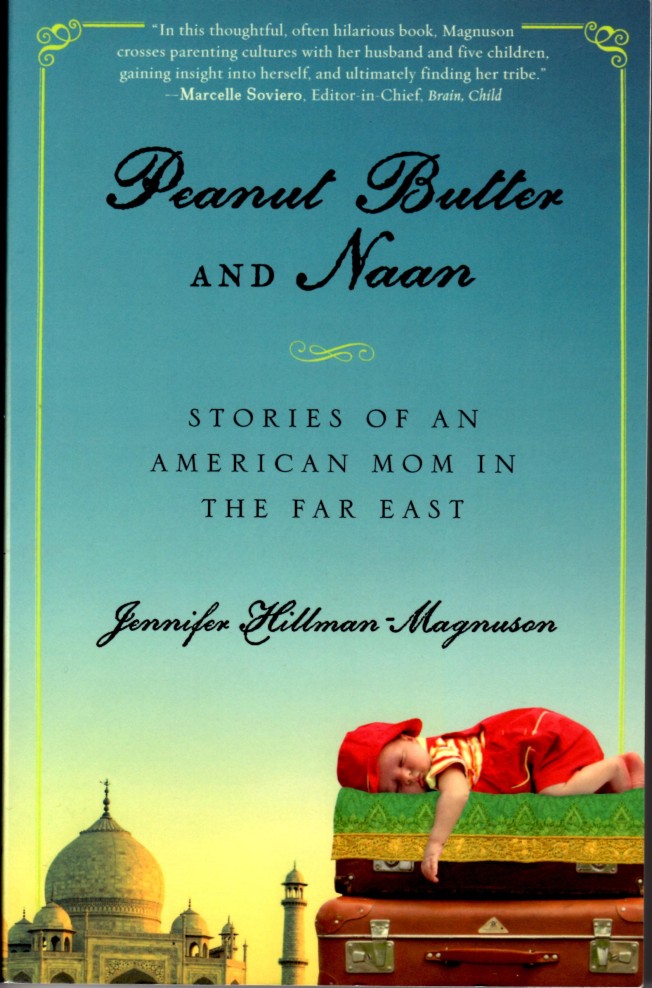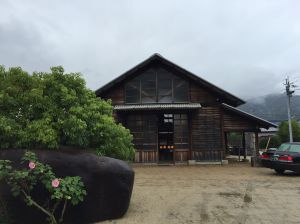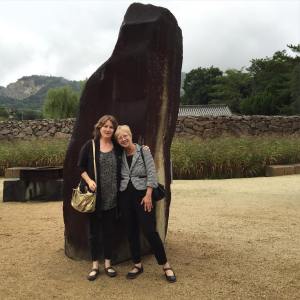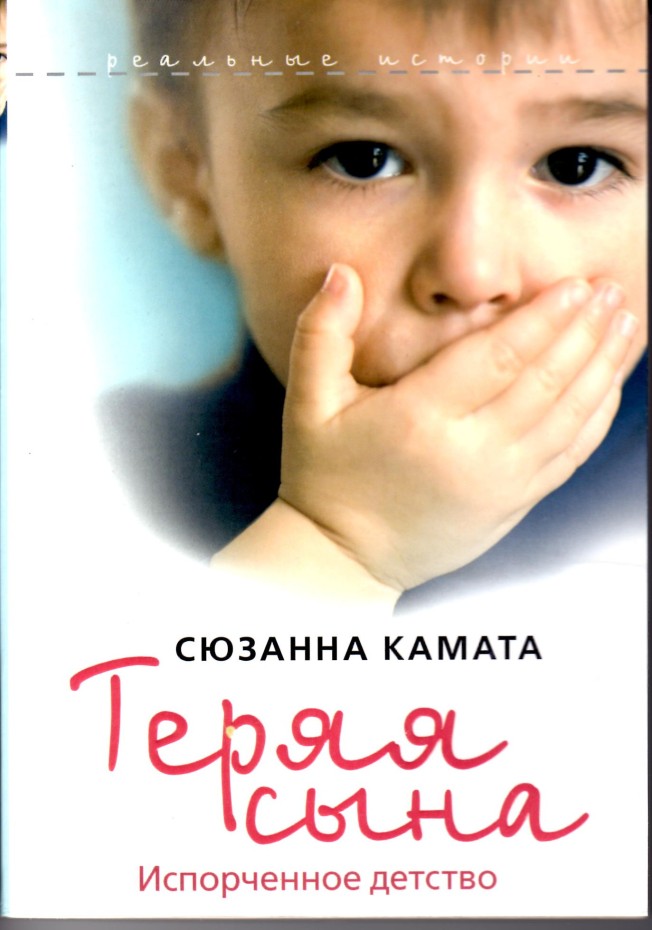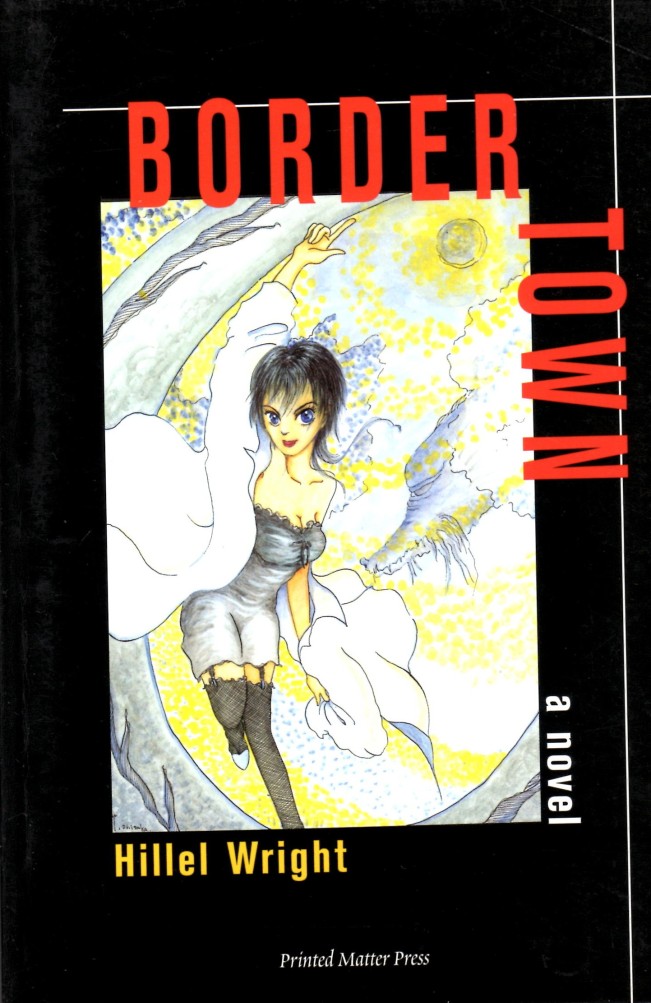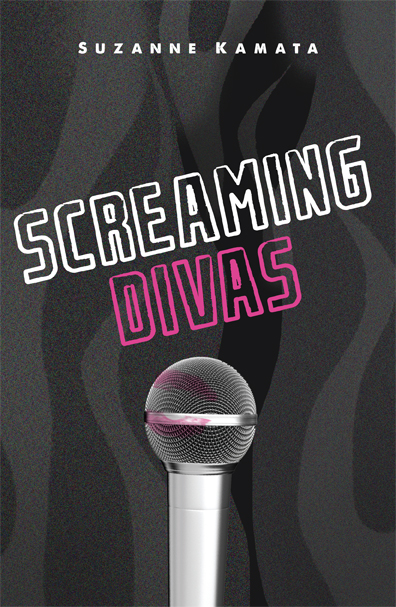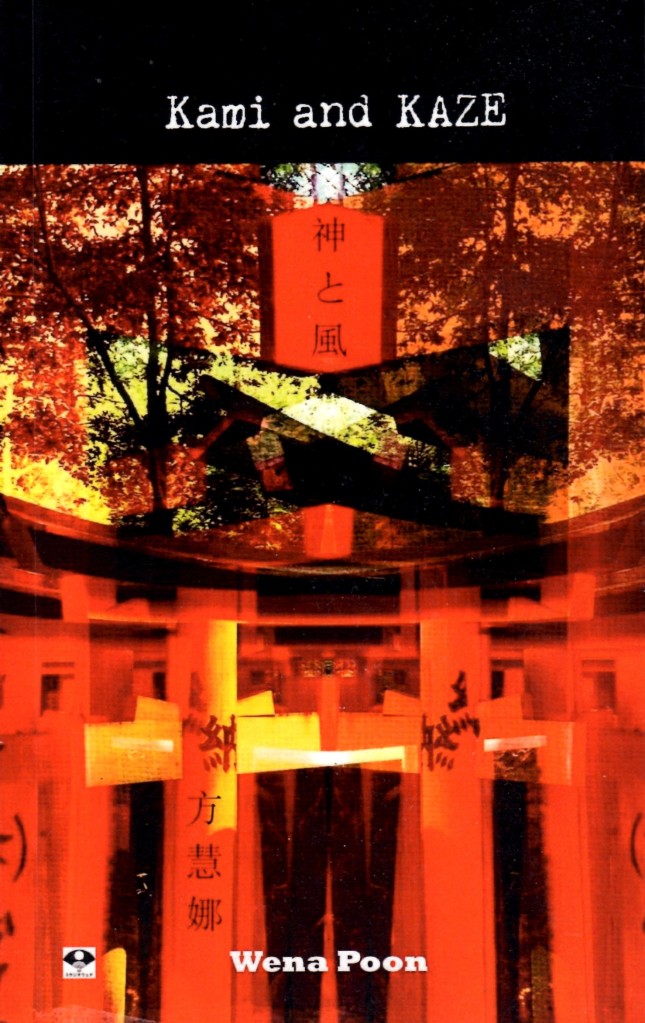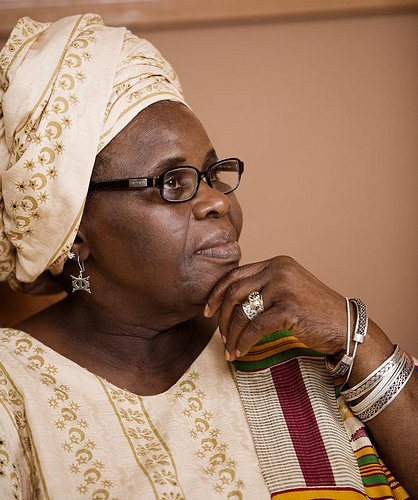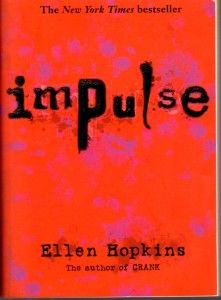I’ve long been fascinated by the many subcultures that exist among expatriates. There are, for example, those, like me, who married natives and settled in for the long haul. Itinerant teachers who travel the world through one international school gig after another form another group. And let’s not forget the aid workers, who might start out in the Peace Corps and later make their careers in NPOs in Third World countries. However, the label “expatriate” most often conjures up images of multinational families living in isolated communities with locals doing their cooking and laundry.
The prologue of Janice Y. K. Lee’s new novel The Expatriates catalogues various types of expats who regularly arrive in Hong Kong:
They are fresh-faced; they are mid-career, hoping for that crucial boost up the ladder; they are here for their last job, the final rung before they’re put out to pasture. They work at banks; they work at law firms. They make buttons, clothing, hard drives, toys. They run restaurants; they are bartenders; they are yoga teachers; they are designers; they are architects. They don’t work. They are hoping to work. They are done, done, done with work. They arrive in January, after Christmas; they arrive in June, after the kids get out from school; they arrive in August, when school is about to start; they arrive whenever the company books their ticket. They come with their families or with their wives or their boyfriends, or resolutely single, or hoping to meet someone. They are Chinese, Irish, French, Korean, American – a veritable UN of fortune-seekers, willing sheep, life-changers, come to find their future selves.
Two of the three women whose narratives comprise this novel are wives. Margaret is the one-quarter Korean wife of Clarke, whose corporate salary insures that she doesn’t have to work. Her role is to plan menus and dinner parties and find help to look after their three beautiful children. Another wife, the independently wealthy Hilary, is married to David, a lawyer, and trying desperately to get pregnant. The third main character, Mercy, is a socially-awkward twenty-something Korean-American who graduated from Columbia University yet can’t quite seem to find her footing in real life. She goes from under-demanding job to job until Margaret hires her as a nanny. On a family trip to Korea, however, something horrible happens to one of the children under her watch and all three lives are irrevocably altered.
Born and raised in Hong Kong herself, and educated at international schools and Harvard, she is highly familiar with moneyed expats and the minutiae of Hong Kong culture, such as the enduring mania for disinfection post-SARS (ultra-violet toothbrush sterilizers!) and the disdain for the mainland Chinese who flood into the city and “buy up baby formula and Ferrero Rocher in enormous quantities.”
In addition to her eye for detail, Lee does a terrific job of bringing the lives of the three women together and increasing the tension; the last half of the book flies by to its satisfying, if not happily-ever-after conclusion.
In a much lighter vein, the memoir Peanut Butter and Naan by Jennifer Hillman-Magnuson introduces an expatriate family in India.
Hillmann-Magnuson grew up on Bend, Oregon, and later became a social worker. She had a “liberal outlook bordering on what some people call ‘woo-woo.’” However, after her husband Bob’s “career flourished in ways we never expected,” and she found herself living a life of leisure with her five kids in Nashville, across the street from Dolly Parton’s sprawling estate, she quit working. She and her husband ate at the country club while a nanny watched their brood. She shopped for clothes and had her wrinkles Botoxed. They took all of their kids to Disney World where hot dogs cost ten dollars. But gradually, she noticed a “growing sadness blooming inside that no cute outfit or wrinkle-free face or charitable donation was going to fix.”
She goes to church and prays to God: “I need you to set me and my family on a path that will shake things up for us. I want us to do something really good and meaningful with our lives, and not just end up lazy and bored and pampered like so many people I’ve seen in my neighborhood…How about you send a pink car my way to show me you’ve heard me and are processing my request?”
Lo and behold, the following Tuesday Bob asks her how she would feel about him accepting a temporary posting in India, and then later that afternoon, she spots a pink Mustang convertible.
Hillmann-Magnuson writes amusingly of going to yoga and managing her servants and volunteering at a nearby orphanage. Some of the most entertaining passages entail her escapades with her landlord, the haughty and beautiful Shemain.
Early on, Shemain tells her, “You Americans never touch the earth. You travel from your car to your homes to your malls with their linoleum floors. You fly against the ayurvedic principle that we all come from our planet’s soil, and it shows in your sickness and disconnect.” Hillmann-Magnuson sees her guide, at first, as a necessary evil, but gradually she becomes a mentor and friend.
At times while reading this, I thought, I should be so unlucky! And talk about First World problems! But maybe resenting wealth is another kind of prejudice. In any case, I mostly enjoyed the author’s lively writing and her journey through India.
(A bit of trivia: cover designer Anne Weinstock also designed the cover of my first novel, Losing Kei!)

